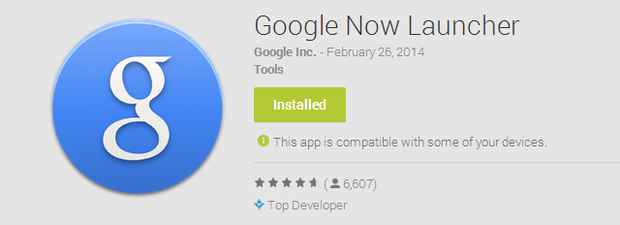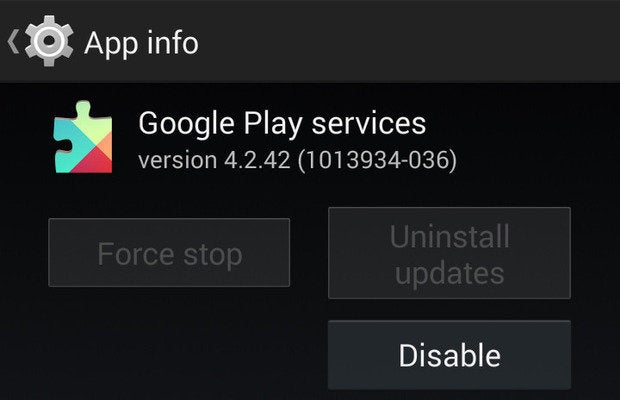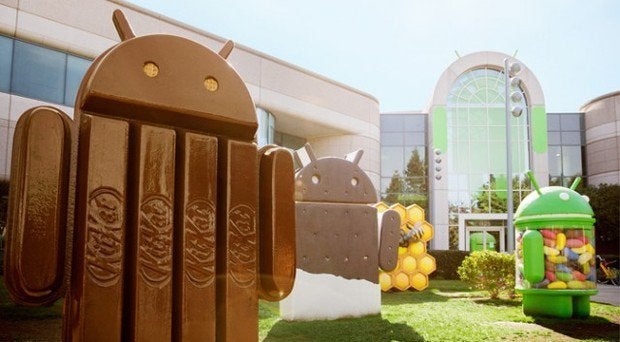If you have had an Android phone for any length of time, you’ve probably felt the sting of missing or delayed over-the-air (OTA) updates. It seems like your phone, no matter how new, is always a little bit behind the curve. However, the outrage over lagging Android updates seems to have died down in recent years. Are we just used to the glacial pace of phone manufacturers carriers? No, it’s likely because getting the latest greatest version of Android simply isn’t as important anymore, here’s why.
Android is modular

It used to be that system apps were only updated when the core OS was. But for a few years now, has been separating some of Android’s functionality from the core OS. At first, adding things like Gmail Maps to the ay Store was just a nice gesture, but it’s become an integral part of the Android experience. pushes updates through its apps in ay to virtually all users. Over 1 billion devices have Gmail installed, almost all of them get all the latest Gmail enhancements, even if they’re not running the very latest version of Android. is now pushing this effort forward by moving the new launcher, called Now uncher, into the ay Store (even though it’s currently only usable on Nexus ition devices).
Recent versions of Android have opened up more avenues for developers; parts of the system that were previously -only are available for modification by third-party developers in lly Bean later builds. For example, the stard notification listener lets developers retrofit new capabilities onto Android notification system without any sketchy system modification. It’s the same story with lock screen widgets, which provide an avenue for developers to augment the Android lock screen instead of waiting on to include new features.

rhaps the most important aspect of Android’s modular nature is the ay Services framework. This platform is increasingly used by to roll out new features to almost all devices independent of an operating system update (Android 2.3 higher). Updated versions of As like sharing, location, remote management have been added to devices through ay Services. In fact, ’s final Chromecast A was recently delivered to all compatible phones tablets this way.
In short, now adds significant Android features directly through ay, without requiring a whole new version of the OS to be validated deployed by device makers carriers.
Android is mature
It’s no coincidence there were three revisions of Android named lly Bean (4.1, 4.2, 4.3). Each one was a nice step up from its predecessor, but there were no major user-facing enhancements from one to the next. really doesn’t have to make a huge leap every six months like it used to.

There was a time that a every six-month update cycle added important features like vastly improved responsiveness resizable widgets. The user interface also saw radical rethinking almost every version from 1.0 through 4.0. Thus, not getting updates until months later was a serious impediment to using enjoying a device. The Android UI has been largely sorted out now. It’s not an ugly duckling anymore.
As Android has gotten prettier more feature-rich, the same can be said for the ROMs built by device makers like Motorola, HTC, Samsung. ile most Android users will tell you stock Android is the best experience, OEMs aren’t ruining phones with horrific overlays skins like they once did. HTC Sense Samsung’s Touchz, now offer features that users actually like— Samsung’s Multi ndow Motorola’s Active Display are just a few examples of added value, everyone is working to make camera features better than stock Android.
Between better overlays from manufacturers a more stable Android UI from , your phone doesn’t look feel so behind the times every time kicks out an Android update.
Sometimes updates are a step back
You make a choice to buy a phone, may return it if you really don’t like it, butonce you’ve settled in, it can be jarring to find that an update has caused a host of new issues to deal with. Android 4.4 broke Exchange support on a huge number of devices, the problem wasn’t fixed until the 4.4.1 update. KitKat also made radical changed to external storage support, which makes microSD cards less useful. The 4.3 update to the Nexus 7 made G worse. These are just recent examples—it used to be even worse. Battery life woes are still common following an update to the core Android OS.

th more updates comes the potential for more bugs like this, that doesn’t even account for the sheer confusion you can experience even when everything goes as planned. Sometimes an update doesn’t have to be buggy to be upsetting. It might just change or remove a feature you have come to rely on. The internet nearly lost its mind when Android 4.4.2 killed the App Ops permissions manager that had been uncovered several months before.
So is everything okay?
Having an update to the most recent version of Android is still, on balance, desirable. It usually brings more good things than bad, sometimes comes bundled with a new version of your manufacturer’s overlay (Sense, Touchz, etc.) with notable improvements. But rocking the very latest version of Android is not as necessary as it once was to enjoy yourphone or tablet. st remember: if your next major OS update takes longer than you’d like, you’re probably not missing as much as you think.
















